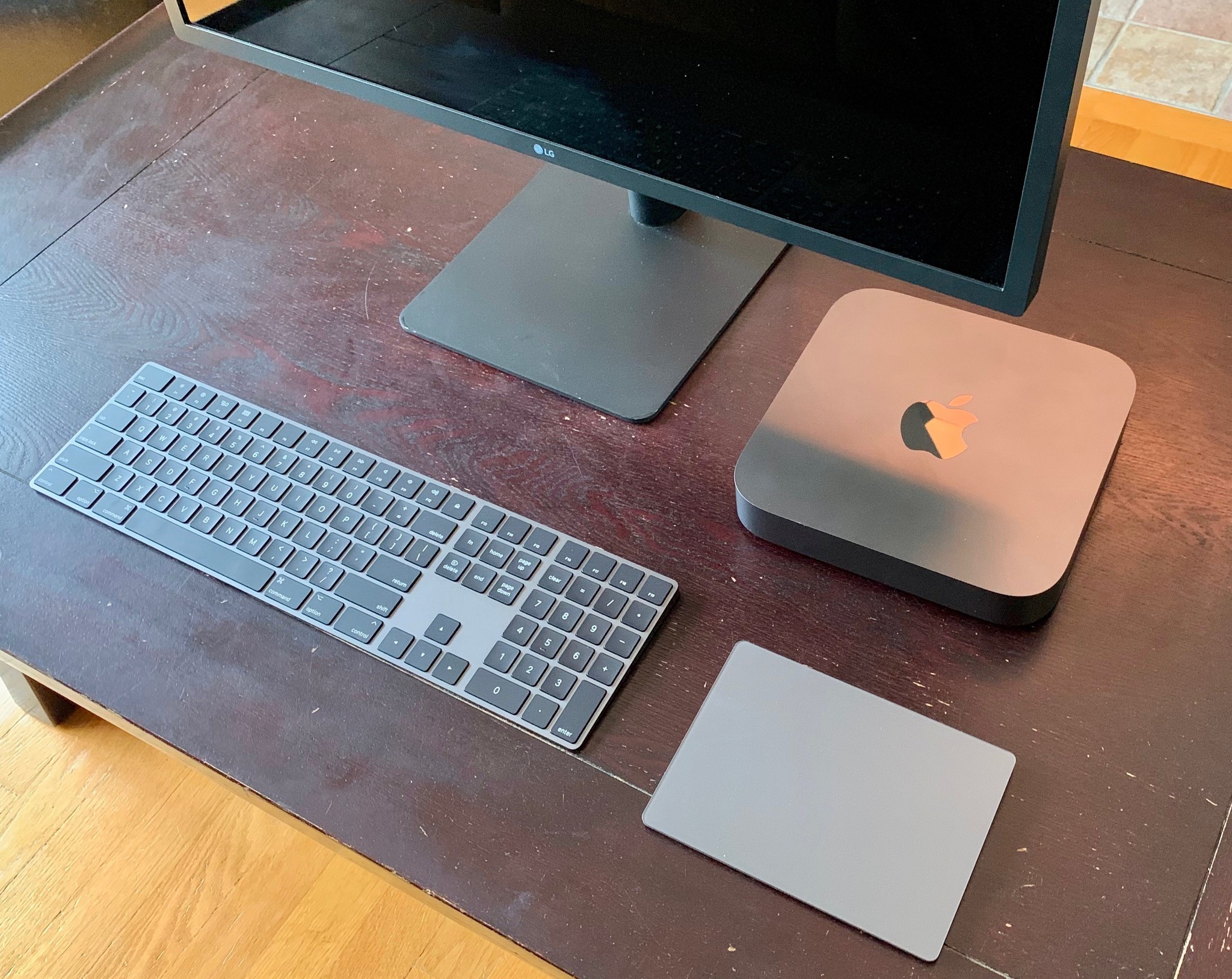
- INSTALL NEW MAC OS OVER NETOWRK FOR MAC OS
- INSTALL NEW MAC OS OVER NETOWRK MAC OS X
- INSTALL NEW MAC OS OVER NETOWRK DRIVERS
The difference is in Linux such an interface really IS an interface (e.g. But an alias interface is always bound to a real interface.

if you disconnect all WLAN and pull all network cables, where would this interface send traffic to, if you send traffic to it? Maybe your question is a bit unclear, it might help a lot if rephrase it, so it's clear what you are actually trying to do with this "virtual interface" once you have it.Īs you mentioned "alias IP" in your question, this would mean an alias interface. So did I understand you right, that you want to create an interface, not bound to any real interface? How would this interface then be used? E.g. Making a second interface does however not create a real interface (when you check with ifconfig), it will just assign a second IP to the already existing one (however, this one can be DHCP while the first one is hard coded for example). I can make a new interface, base it on an already existing one, then disable the existing one and the new one still works. "but it will not act as a real fully functional interface (if the original interface is inactive, then the derived one is also inactive"
INSTALL NEW MAC OS OVER NETOWRK DRIVERS
Are you root? Are the drivers installed?\n") You can use any program to do this, but I'm a fan of good-old-fashioned C myself: #include In case you got this far and are having trouble, you have to create the tun/tap device by opening one of the devices under /dev/. However, since the underlying device is a tun/tap device and it has an IP address, the interface will become active and the proper routing will be added at the BSD level.Īs a reference this is used to do special routing magic.
INSTALL NEW MAC OS OVER NETOWRK MAC OS X
Note that we have mimicked an Ethernet device so Mac OS X layer of networking will note that "a cable is unplugged" and will not let you activate the interface through the GUI. Also under the Set property you need to expand the Service property and add the UUID here as a dictionary with one String entry with key _LINK_ and value as the UUID (use the other interfaces as an example).Īfter you have modified your ist file, just reboot, and the NetworkService will be available under SystemPreferences->Network. After figuring out which location (or set) you want, expand the Set property, and add entries under Global/IPv4/ServiceOrder with the UUID of the new NetworkService. The default location UUID can be obtained in the root of the PropertyList as the key "CurrentSet". Then you would also manipulate the particular Location you want this NetworkService for (remember Mac OS X can configure all network interfaces dependent on your "Location"). IPv4 configuration and set the interface to your tun or tap device (i.e.The Ethernet entry can be copied pretty much verbatim, the only fields you would actually be changing are: The place to create the new NetworkService is under "NetworkServices", and if your Mac has an Ethernet device the NetworkService profile will also be under this property entry. Basically you would open the ist file in Xcode (or edit the XML directly, but Xcode is likely to be more fool-proof), and copy the configuration from an existing Ethernet interface. Mac OS X will not allow the creation of a NetworkService based on a virtual network interface, but one can directly manipulate the ist file to add the NetworkService by hand. This can be achieved using a Tun/Tap device as suggested by psv141, and manipulating the /Library/Preferences/SystemConfiguration/ist file to add a NetworkService based on either a tun or tap interface. Unfortunately, no interface is resolving DNS names if none of them are inactive. By configuring an interface to use the virtual DNS server, I thought I could test some DNS scenario's. Those virtual machines can be reached by their IP address, but not by their DNS name, even if I run a DNS server in one of those virtual machines. Even then, it makes sense to have networking capabilities when running servers in a VMWare installation. This scenario is needed when working in a completely disconnected situation. You can create a new interface in the networking panel, based on an existing interface, but it will not act as a real fully functional interface (if the original interface is inactive, then the derived one is also inactive).

INSTALL NEW MAC OS OVER NETOWRK FOR MAC OS
I know that you can make a virtual network interface in Windows (see here), and in Linux it is also pretty easy with ip-aliases, but does something similar exist for Mac OS X? I've been looking for loopback adapters, virtual interfaces and couldn't find a good solution.


 0 kommentar(er)
0 kommentar(er)
